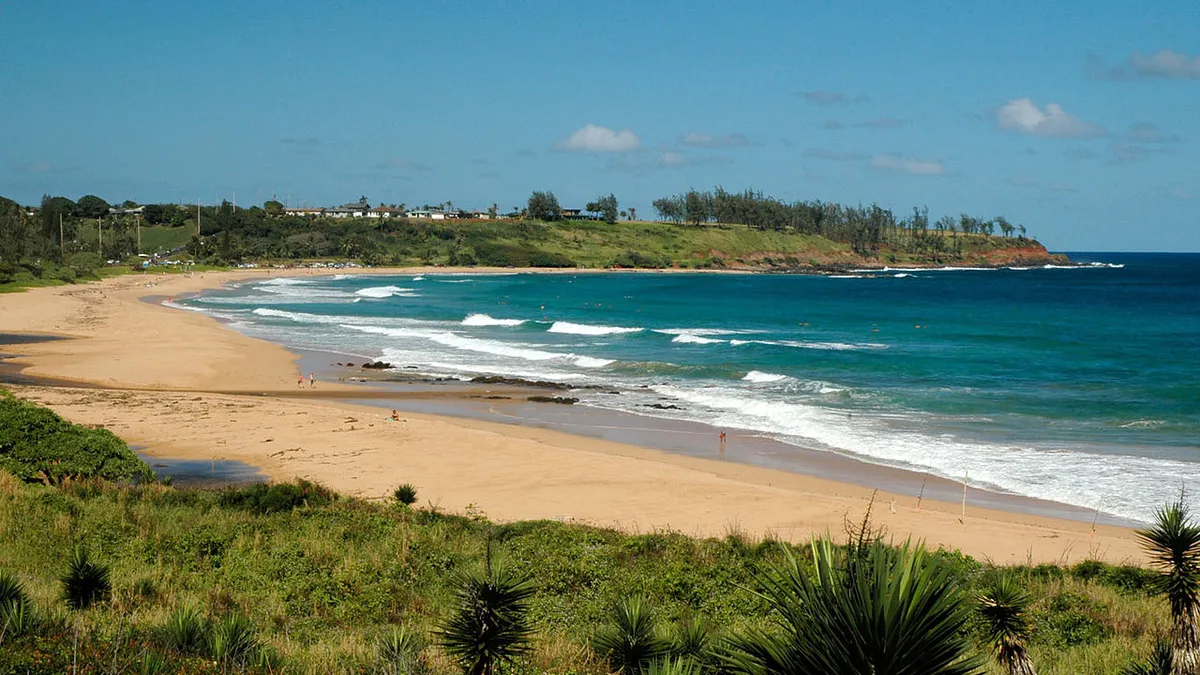Dive Brief:
-
Hawaii’s Public Utilities Commission on Wednesday began a proceeding on performance-based rates for the state’s regulated utilities.
-
The PUC is looking to put in place regulatory mechanisms that will focus the state’s utilities on increased levels of renewable energy, lower costs and better customer service.
-
The proceeding is being conducted in two phases: the first phase will evaluate Hawaii’s existing regulatory framework and identify areas for improvement; the second will investigate new performance-based frameworks.
Dive Insight:
Hawaii has set the most aggressive environmental target of any state in the nation, 100% renewable energy by 2045. The goal is that much more ambitious because, as an island state, Hawaii does not have the luxury of relying on its neighbors for power supplies. The PUC’s performance-based rate proceeding is meant to support the state in that transition.
The PUC took one of the first steps in that direction in 2010 by decoupling utility earnings from higher levels of electricity sales as a means of encouraging greater efficiency and more efficient electricity use rather than higher volumes of electricity use.
Now, by moving toward performance-based rates (PBR), the PUC hopes to create a structure that moves beyond traditional utility cost-of-service rates. That model, in the PUC’s words, “encourages electric utilities to increase [capital] investments, thereby increasing the utility's associated return on investment.” That creates what the PUC in its PBR filing calls “infrastructure bias” to deploy capital intensive solutions.
As Hawaii’s biggest utility, Hawaiian Electric Co. (HECO), moves into a new era dominated by renewable energy, energy efficiency and a greater use of distributed energy resources, the PUC is trying to replace rates based on cost-of-service incentives with performance-based rates that can motivate the utility to employ cost-savings measures, reduce electricity sales, improve energy efficiency, increase customer choice, integrate customer-sited generation and establish new and innovative services.
The PUC says it hopes to refine or modify the present regulatory framework so that it better aligns HECO’s interests with the public interest.
One of the drivers in that effort is to reduce rate volatility for customers. Much of the volatility is tied to the changing cost of imported oil and gas to fuel conventional generation. That cost is passed directly on to customers. One mechanism being explored in a pending HECO rate case is adjusting the pass-through so that the utility would have to bear some of the fuel costs. Depending on what happens with the rate case, that mechanism could roll over into the PBR proceeding.
The timeline for the PBR proceeding is roughly one year for each phase.
Meanwhile, HECO has been putting forward programs designed to aid its transition to a fully renewable future. In February, the PUC approved several demand response programs proposed by the utility, as well as two rooftop solar programs. That was followed by the PUC’s approval of HECO’s $205 million grid modernization proposal.














